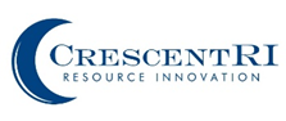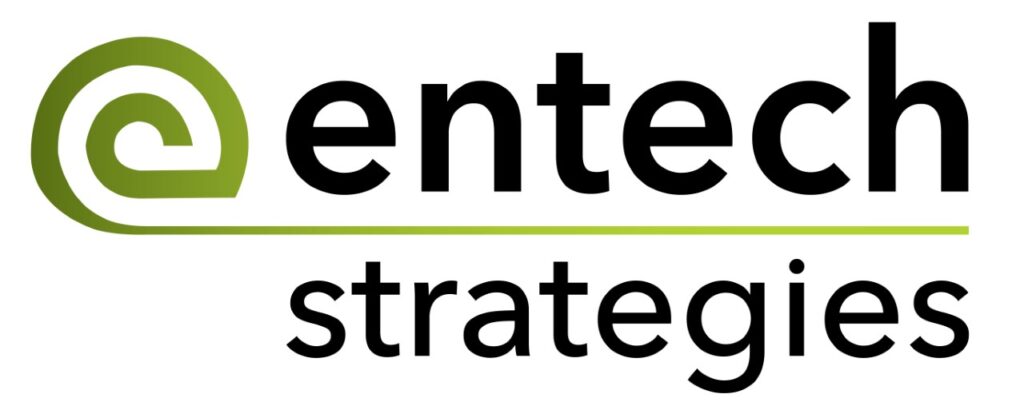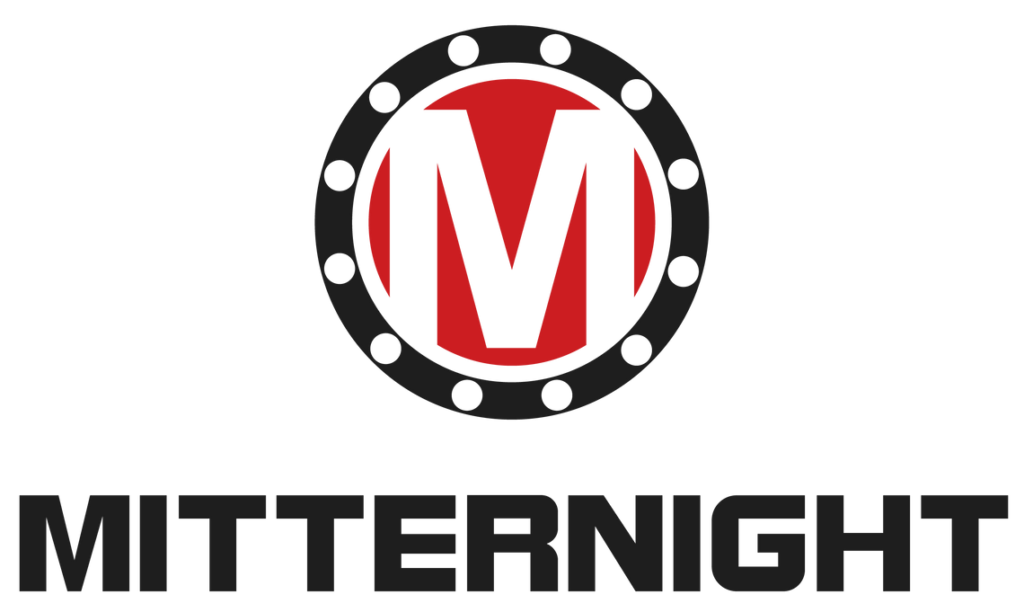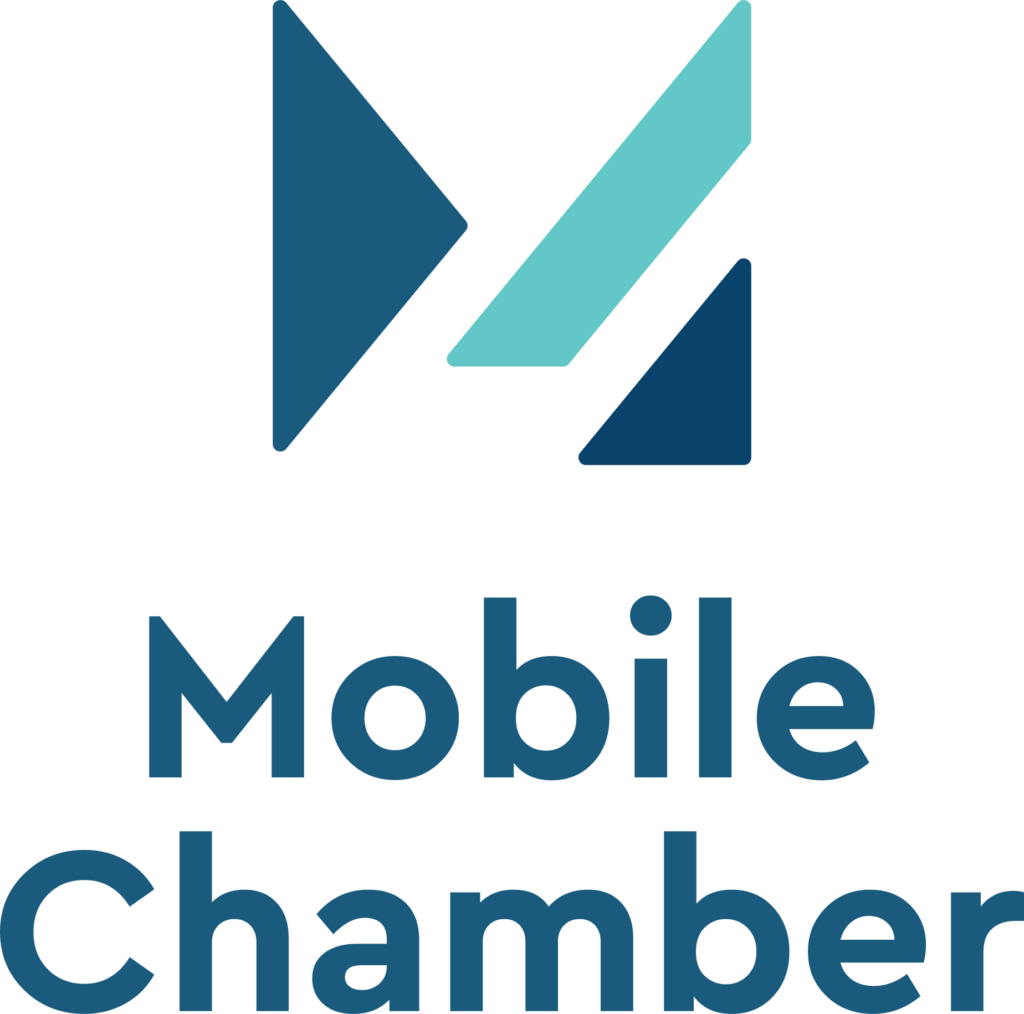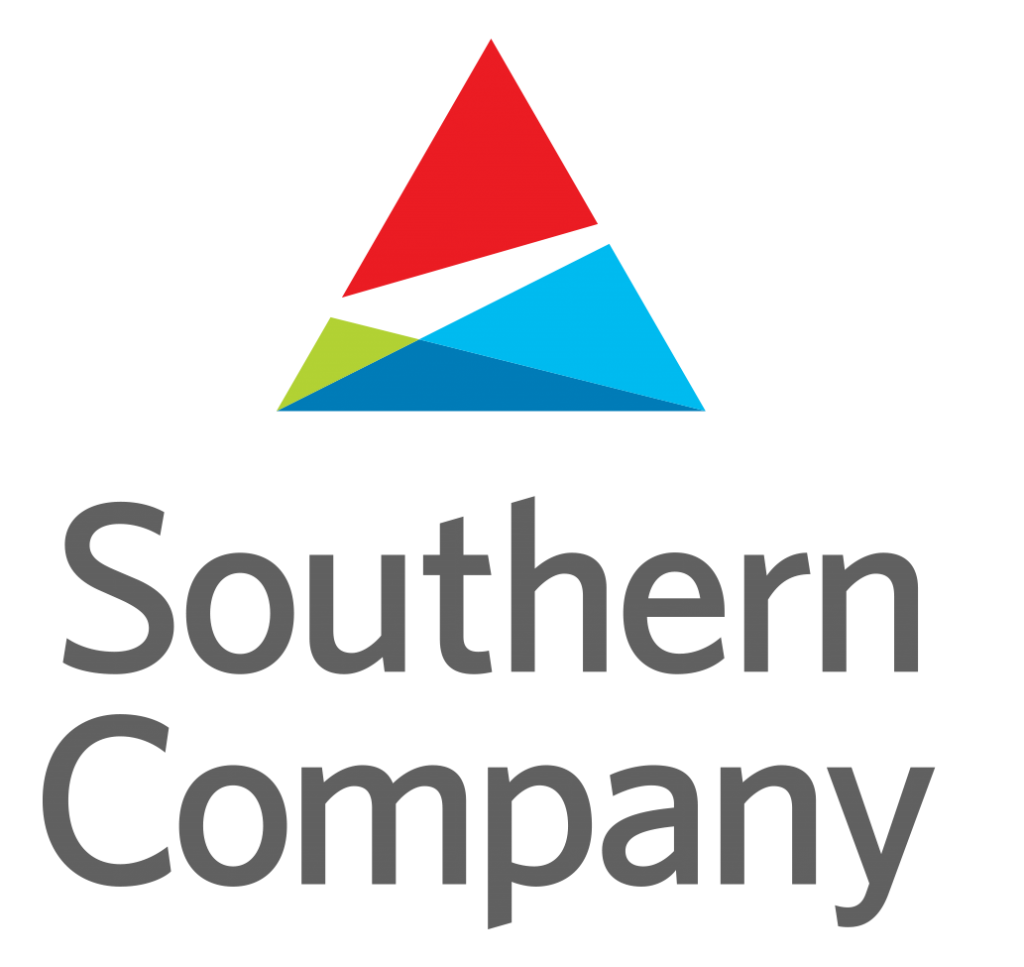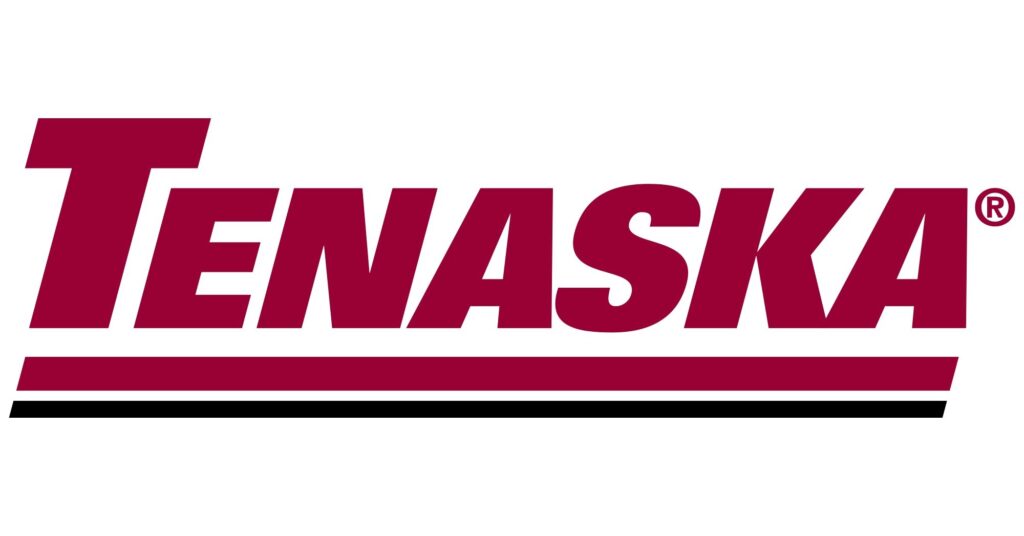The Southeast DAC (SEDAC) Hub supports the deployment of Direct Air Capture (DAC) technologies in northern Mobile County, Alabama. DAC is a process designed to reduce carbon dioxide (CO2) levels in the atmosphere by capturing CO2 directly from the air. The CO2 is then stored safely and securely. The SEDAC Hub is one of five Topic Area 2 projects chosen by the federal government to receive funding in order to establish a regional DAC hub.
How DAC Works

Mobile County is an ideal location to support the initial phases of a DAC hub as it is home to many industrial facilities, large tracts of available land, and appropriate subsurface geology to support the creation of a sustainable CO2-based economy. In addition, numerous opportunities exist to employ the region’s skilled workforce in pursuit of a variety of CO2 use cases beyond permanent storage in subsurface reservoirs (e.g., CO2 to fuels). Because of these attributes, the SEDAC Hub will not only abate local emissions but also lead to the development of a carbon reduction ecosystem in the area and the Gulf South more broadly.
The SEDAC Hub is led by the Southern States Energy Board. The Project Team includes 8 Rivers, Aircapture, Crescent Resource Innovation, ENTECH Strategies, Georgia Tech, Mitternight, RTI International, the University of Alabama, and the University of South Alabama. Stakeholders include Southern Company and its Alabama Power Company subsidiary, Tenaska Sequestration Solutions, and the Mobile Chamber of Commerce among many others.
The team has established a robust community outreach and two-way engagement program that includes a Community Advisory Board (CAB) composed of diverse local stakeholders; industry partners interested in decarbonization; and local community colleges, universities, and trade schools. The CAB will provide input to achieve community-supported DAC growth and guide the development of SEDAC’s Community Benefits Plan.
The anchoring technologies for the SEDAC Hub were developed or optimized by 8 Rivers and Aircapture. 8 Rivers’ DAC technology, called Calcite, uses a calcium-based solid sorbent to pull CO2 from the ambient air, capturing it as calcium carbonate. The calcium carbonate is then heated by an oxy-fired kiln, which separates the CO2 for sequestration and produces additional calcium oxide to be recycled into the system. Aircapture’s DAC technology employs a polymeric amine sorbent on a commercially available contactor substrate to capture CO2 from ambient air. The technology is currently deployed and undergoing operational testing at the National Carbon Capture Center in Wilsonville, Alabama, with several additional commercial deployments currently under construction in various markets across the nation.
The SEDAC Hub project will complete front-end engineering design (FEED) studies required to support the construction and operation of two DAC facilities, each with an initial capture capacity of 50,000 net tonnes of CO2 (the equivalent of permanently removing nearly 22,000 internal combustion cars from the road). The project team will complete a balance of plant FEED study for infrastructure to be shared between the two DAC technologies assessing the feasibility of low-carbon intensity energy sources and evaluating the availability and suitability of existing infrastructure for reuse. SSEB and its partners will also work closely with regional storage field developers to identify a CO2 storage solution and submit a National Environmental Policy Act (NEPA) Environmental Information Volume (EIV) based on the integrated DAC Hub. Alabama Power Company will work with the project team to potentially provide a location for the DAC hub on property adjacent to its James M. Barry Electric Generating Plant in Bucks, Alabama.
Project Team
Project Stakeholders
Questions?
Click the button below to contact a member of our staff.




